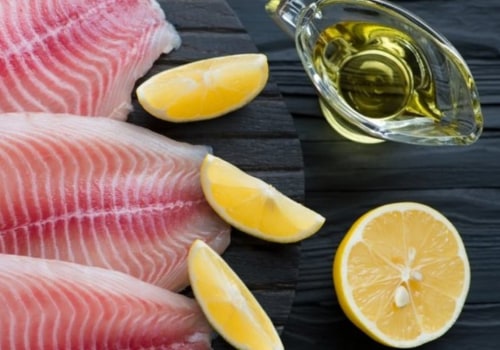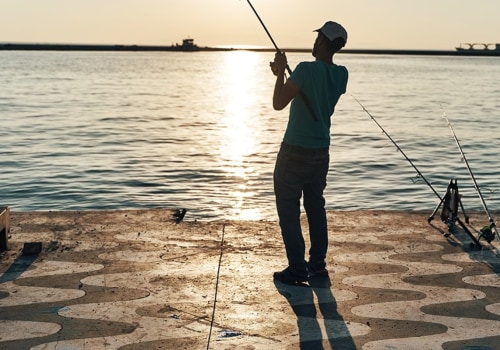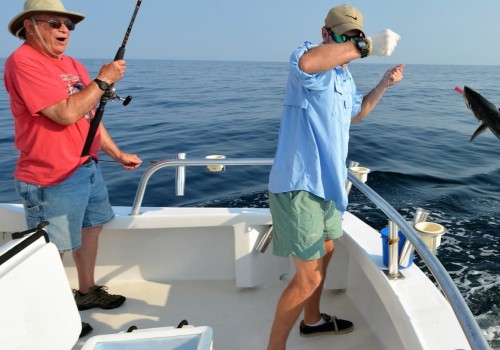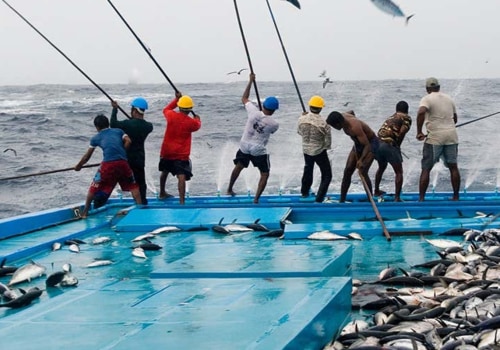Fishing around storms can be a great time to take advantage of the aggressive behavior of fish due to changing barometric pressure. Unfortunately, this particular storm is bringing a lot of rain, which will cause coastal rivers to have low salinity for a while. Fishermen will need to go further offshore to find speckled trout, redfish, and flounder. On the bright side, the fresh water brought by the storm should help oyster reefs and shrimp production. When fishing in dirtier waters after the rain, the color of the lure can make a big difference.
Pearl is a classic favorite that takes on the dye of the water and has a very natural look. Darker colors also stand out in dirty water, making them more visible to fish. Popular choices include Gold Rush, Motor Oil, Midnight Oil, Red Shad, New Penny, Pumpkin, Houdini, and Redbone. Contrary to popular belief, fishing in the midst of a storm isn't always the best way to go. Local fishermen suggest that fish bite best 48 hours after a storm has passed.
This is likely because the seas are much calmer by then and the fresh water can help fish explore new areas or reach their usual surf fishing spots. When fishing in a storm, it's important to be wise with your tactics. The lower density of freshwater on the surface prevents oxygen from dissolving and making its way to deeper fish. As such, fish will seek shelter on the leeward or sheltered side of structures, in deep holes, and other places where they can find refuge from increased current and larger waves. The hurricane can also cut off water supply, leading some fish to die while others swim deeper below the surface in search of safety. To find them, it's important to determine the depth of water where they're concentrated and the structure they relate to.
This will give you an idea of where to look for similar depths and structures. Shallow floors 1-2 feet deep may be cooler overall during mid-summer, which can cause fish to become active. After a heavy rain when the water is dirty, smell becomes even more important since fish rely on other senses besides sight to hunt their prey. Heavy rains can also cause rivers to pump sediment into coastal waters for weeks at a time, staining even deeper waters for longer periods. Saltwater is denser than freshwater so water on the surface will generally be less salty than below. Fish will hold tightly to the bottom. When looking for fish after a storm has passed, it's best to focus on quiet corners of the beach or gentle streams that have suddenly become raging torrents.
Banks that are not blown away by wind are also good spots since they tend to stay firm and cleaner saltwater will return with incoming tides. Squid fishing is becoming increasingly popular and Paul Senior shares some tips and suggestions for getting started. Remember that when fishing in a storm it's important to be wise with your tactics and take advantage of quieter areas where fish can find shelter from increased current and larger waves.








